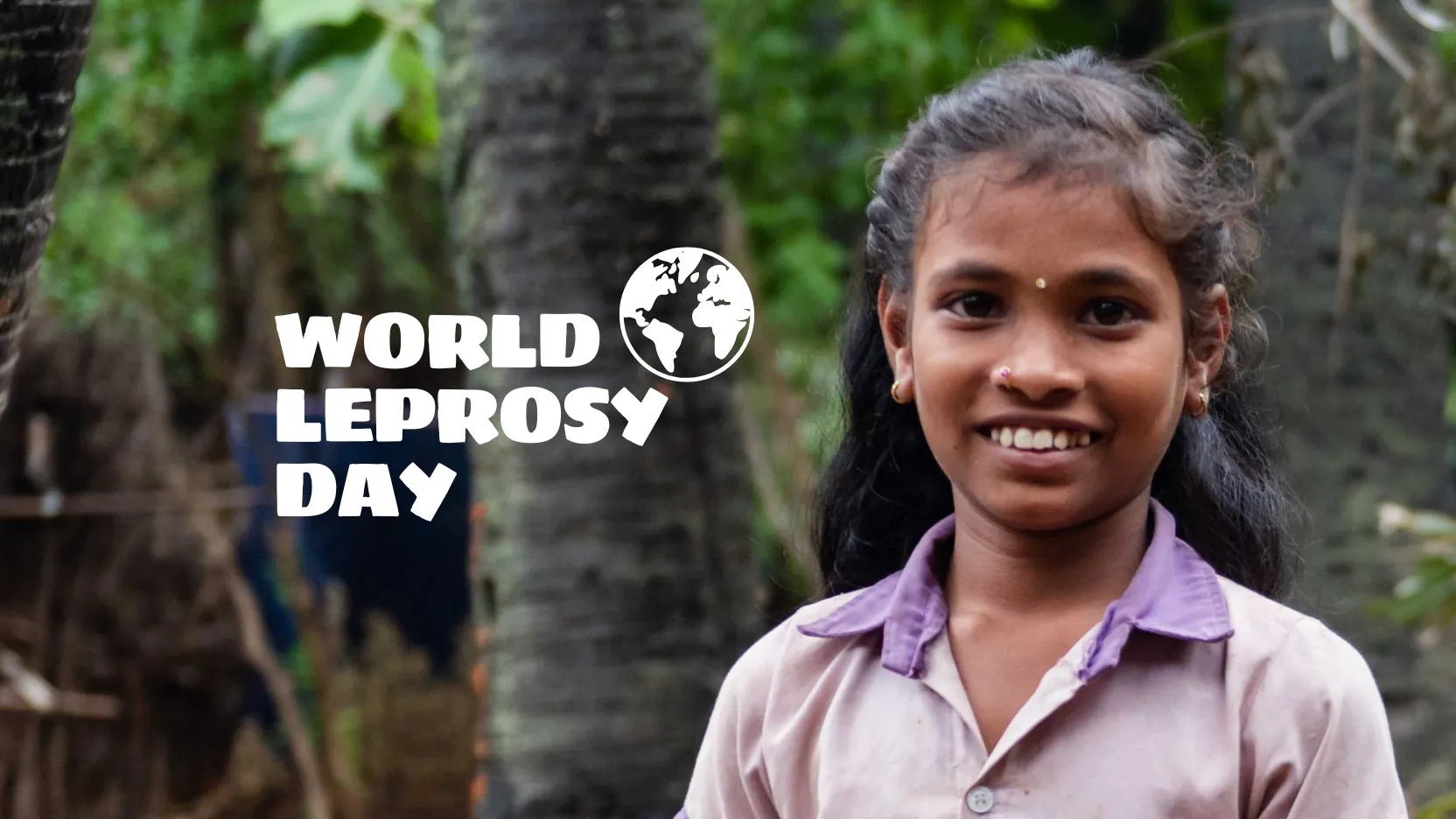World Leprosy Day is observed every year on the last Sunday of January. In India, it is observed on 30 January every year, coinciding with the death anniversary of Mahatma Gandhi.
Many people are collaborating globally to eliminate leprosy in our lifetime- but raising awareness is key.
Here are five facts you can learn this World Leprosy Day to help eliminate the disease.
1. Leprosy is still a thing.
Yes, people are still affected by the same ancient disease that stirred compassion from Jesus, Mother Teresa and Princess Diana. And in their tradition, we want to finish the job and end suffering from leprosy once and for all.
2. Leprosy still affects millions of people worldwide.
182,815 persons were diagnosed with leprosy in 2023 across more than 120 countries, with 39.8% of new cases in women and 5.6% in children.
Leprosy is one of the world’s Neglected Tropical Diseases (NTDs), and Mycobacterium leprae is the name of the bacteria that causes leprosy.
3. There’s a cure for leprosy!
While stopping the transmission of leprosy is a difficult task (due to social stigma, the remote location of sufferers, etc), curing leprosy is much easier. We have a cure (a Multi-Drug Therapy or MDT), and it is fully funded.
Even more exciting, leprosy’s MDT is very effective and works quickly. So, most patients aren’t contagious within 48 hours and are cured within two years.
4. Leprosy is not passed on by touching someone who is affected
Leprosy affects the skin, the peripheral nerves, mucosal surfaces of the upper respiratory tract and the eyes.
However, leprosy is transmitted via droplets from the nose and mouth during close and frequent contact with untreated cases, not by touching. Yet, outdated beliefs about leprosy continue to be widely held, resulting in unjust laws and social stigma that heap further pain on people affected by leprosy.
This means leprosy isn’t just a physical disease. It can have long-lasting effects on mental and emotional well-being. By ensuring mental health support is a priority, we can tackle stigma and promote dignity and inclusion for all.
5. Early detection is crucial.
Early diagnosis and prompt treatment are crucial to prevent disabilities and interrupt transmission. But when left untreated, leprosy can do serious and irreversible damage to those affected.
For example, in 2023, almost 10,000 people had visible impairments from leprosy at the time of diagnosis— a clear sign of delayed detection of leprosy. Early diagnosis is crucial to prevent disabilities.
Let’s end leprosy and its stigma! This disease is curable, and we can achieve a leprosy-free future with global effort. Raising awareness and dispelling myths can create a more inclusive world.
Join the movement!
#WorldLeprosyDay #EndStigma #UniteActEliminateLeprosy #ZeroDiscrimination


